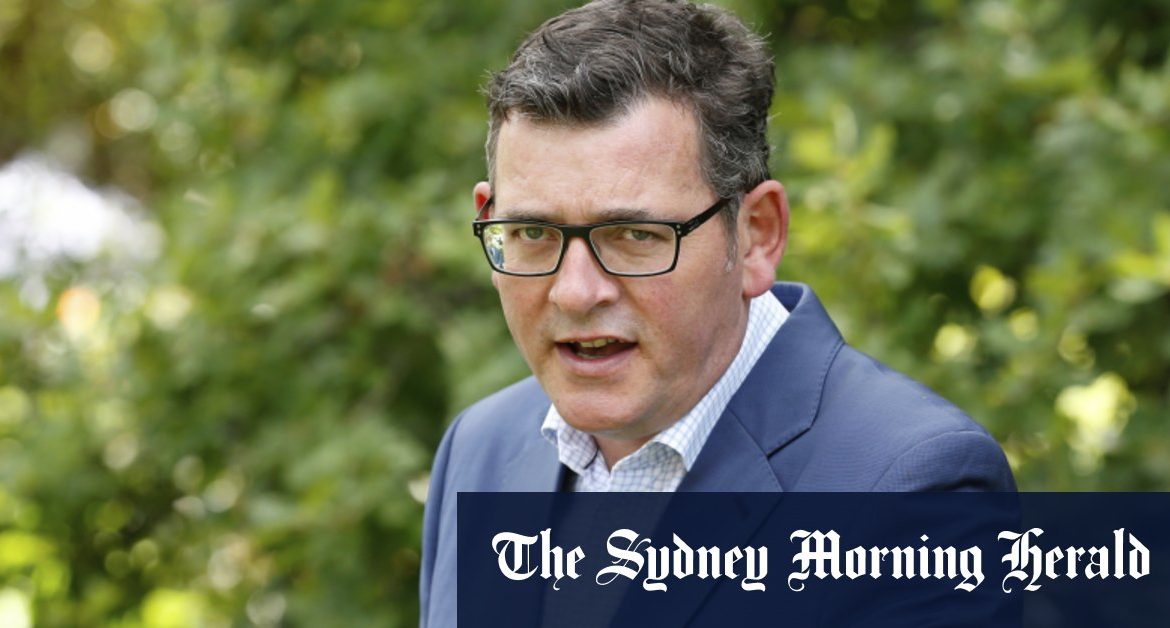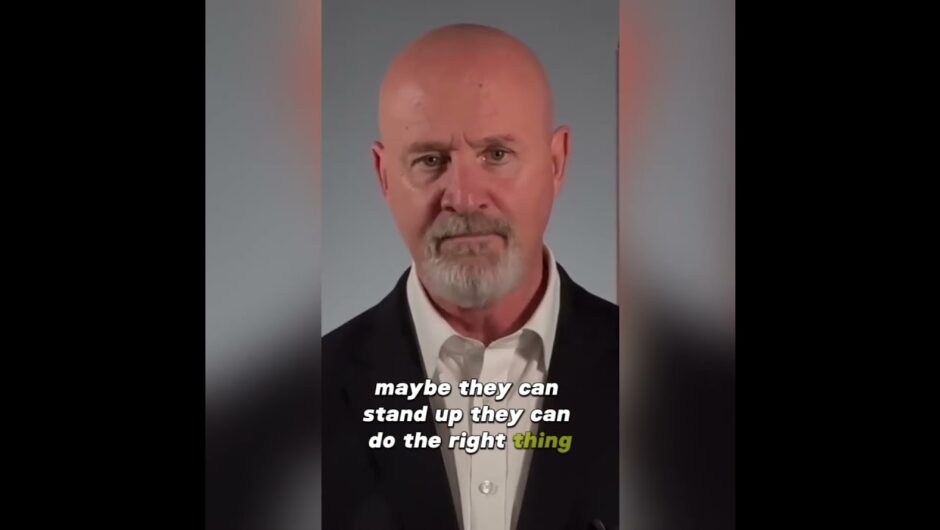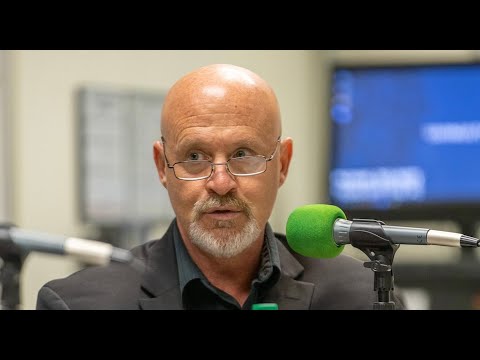Loading
“To get to this eight days in a row of zero is no small thing and it’s a credit to all of our public health team and a credit to all Victorians who play their part in doing so,” he said.
The return-to-work schedule was pushed back last Wednesday, when there were 28 active cases of COVID-19, and a man with no apparent link to the Black Rock cluster was diagnosed with the virus.
From Monday, up to half of all private sector workers can begin working from their desks again, while Victoria’s public service, the city’s largest employer, can bring back up to a quarter of staff.
Mr Andrews said the government had capped the return of public servants at a lower setting to give the private sector more capacity to bring workers back.
Loading
The news will be welcomed by many thousands of Victorians who have been working from makeshift home offices since March.
However, the Victorian Chamber of Commerce expects the return to be a slow, drawn-out process and major employers including NAB, Westpac and ANZ have said their staff will return in stages, mostly from next month.
As The Age revealed on Wednesday, a Fair Work Commission survey found that only 5 per cent of workers want to return to the office full-time.
The survey of 322 users of the social media site LinkedIn by researchers at Swinburne University found that 35 per cent of participants would prefer to work from home every day and a majority would like to split their time between home and office.
One of the report’s authors, John Hopkins, said most employers were developing plans to allow flexible work arrangements but in some cases, they were insisting workers return to the office full-time.
Industrial lawyers have warned workers could be sacked if they refuse a request from their employer to return to the office once their workplace is deemed safe and the Victorian government relaxes restrictions on attendance.
Pre-COVID, almost half the estimated 1 million people who travelled into the CBD every day did so for work, leaving CBD businesses heavily reliant on office workers for financial survival.
At the 2016 census there were 37,341 residents of the CBD, almost half of whom (45 per cent) were students.
Bianca Hall is City Editor for The Age. She has previously worked as a senior reporter, and in the Canberra federal politics bureau.
Chloe Booker is a city reporter for The Age.
Most Viewed in National
Loading







